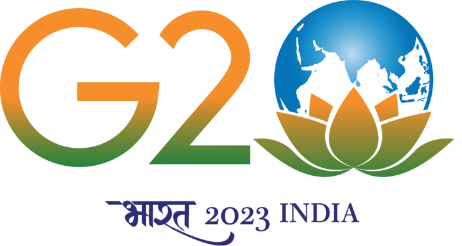Enhancing the quality of the abrasive waterjet trepanned holes in Al6061-T6 alloy through submerged machining
தேதி24th Dec 2021
Time03:00 PM
Venue Through Google Meet: https://meet.google.com/yoz-nyok-fwm
PAST EVENT
Details
Advanced engineering materials (AEMs) are critical in a wide range of applications in aerospace, automobile, nuclear, defense, and biomedical industries. These industries require hole making for various applications (e.g., assembly, engine cylinder bores, medical implants, etc.) in the difficult-to-machine AEMs, especially ductile materials with target size, tolerances, and surface quality. Conventionally trepanning operations on ductile materials (DMs) come with issues, such as continuous chip formation that entangles the cutting tool, built-up edges, scratches on the machined surface, and increased cutting forces leading to tool failure. On the other hand, abrasive waterjets (AWJs) have proven their capabilities in machining a wide range of AEMs due to their unique capabilities, such as low cutting forces, minimal heat-affected zone, etc. However, the stochastic nature of the jet limits the trepanning quality in terms of dimensional-, surface- and aesthetic- aspects. Towards understanding the AWJ trepanning, hole-making experiments are conducted by studying the influence of AWJ process parameters, such as waterjet pressure (P), jet traverse rate (vf), and the abrasive mass flow rate (ma) on the hole dimensional, form, and surface characteristics. For this purpose, Aluminium 6061-T6 alloy is considered, as a case study, as it is commonly used in the aerospace/automotive industries due to its high strength-to-weight ratio. The experimental results convey that the circularity, cylindricity, taper angle and burr length, uncut material length, improve with the increase in P; the surface roughness and waviness increased. With the increase in vf, the circularity error, cylindricity error, burr length, surface roughness, and waviness increased; the damage region at the top plane of the hole improved with the vf. Micrographs are used to analyze the burr and material removal mechanism in AWJ trepanning. Submerged waterjet machining has enhanced the hole quality. The effect of the water column height on the machined surface quality is studied, and the results are compared with the in-air condition machining. It is observed that by adopting the submerged machining, the damaged region, kerf width, and the edge radius are reduced by 20.3 %, 13.53 %, and 22.7 %, respectively. However, this enhancement in the kerf quality is associated with a reduction in the erosion depth and the material removal rate by 12.33% and 24.52 %, respectively. Micrographs are used to analyze the material removal mechanism in-air and submerged conditions.
Speakers
Mr. Rajesh Ranjan Ravi (ME16D037)
Department of Mechanical Engineering

